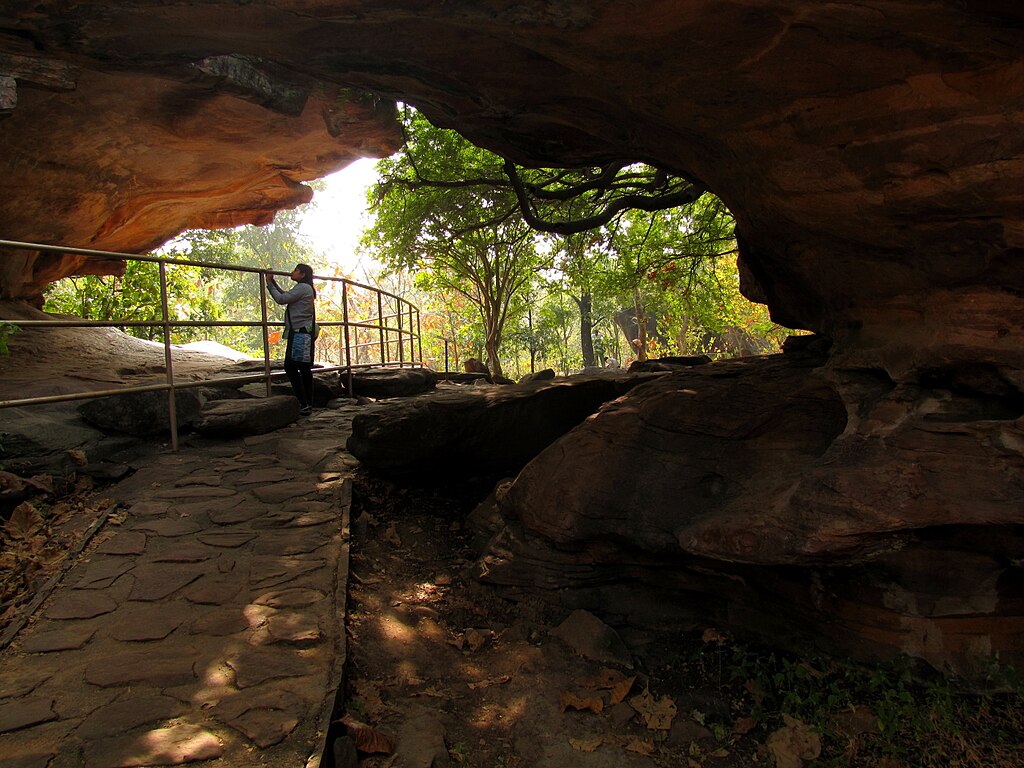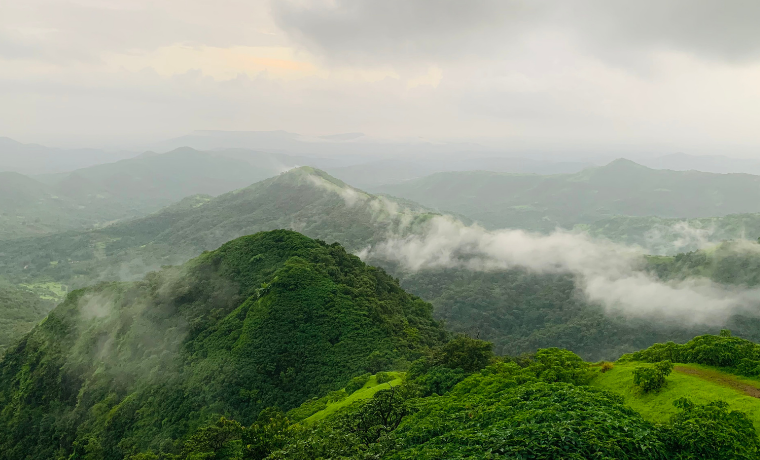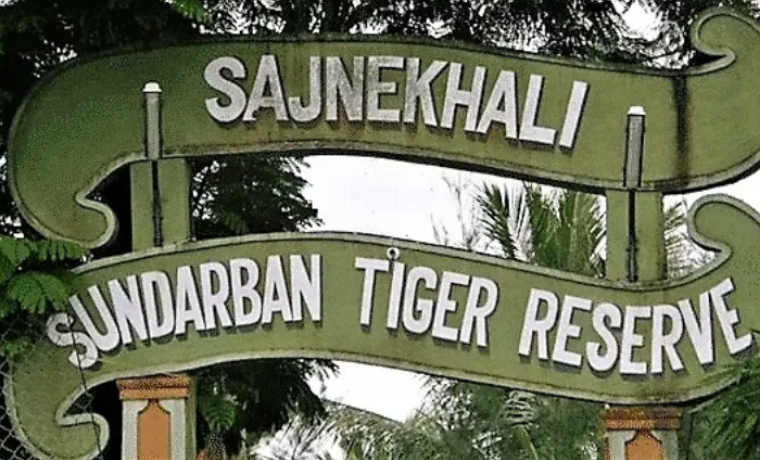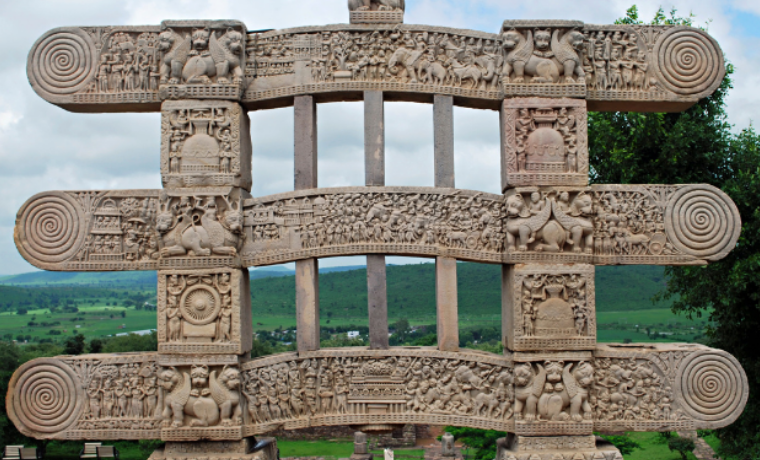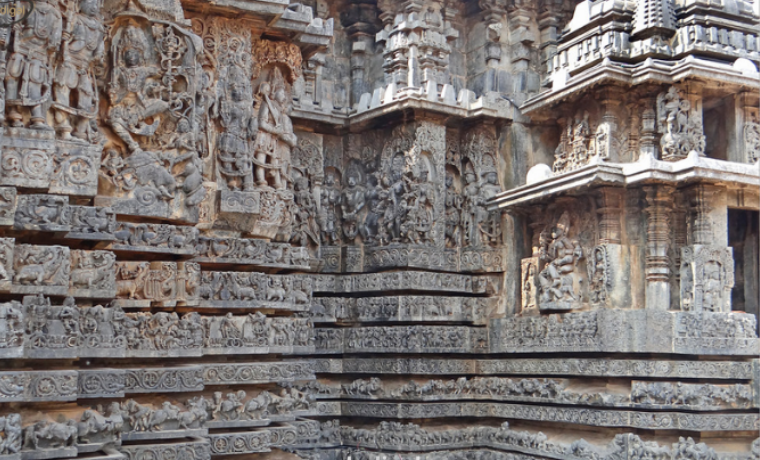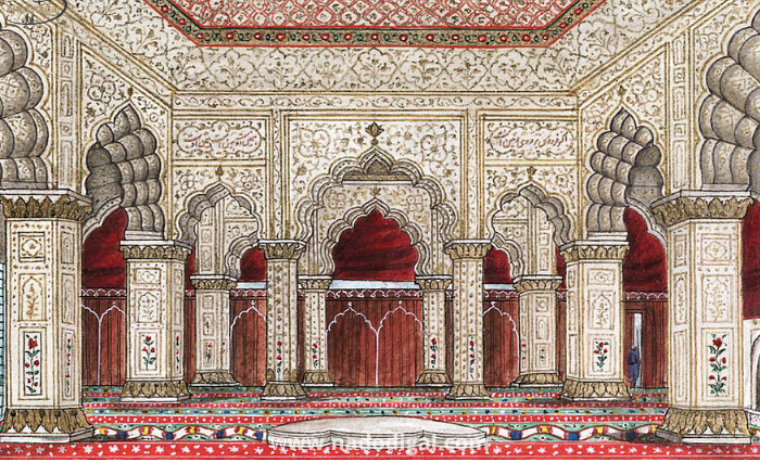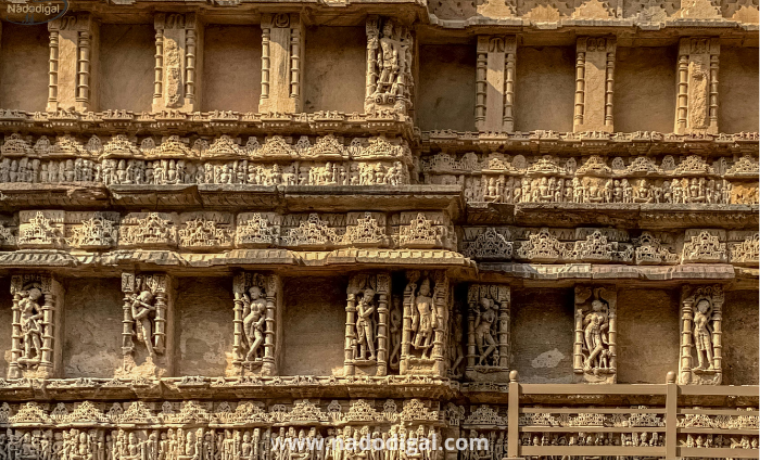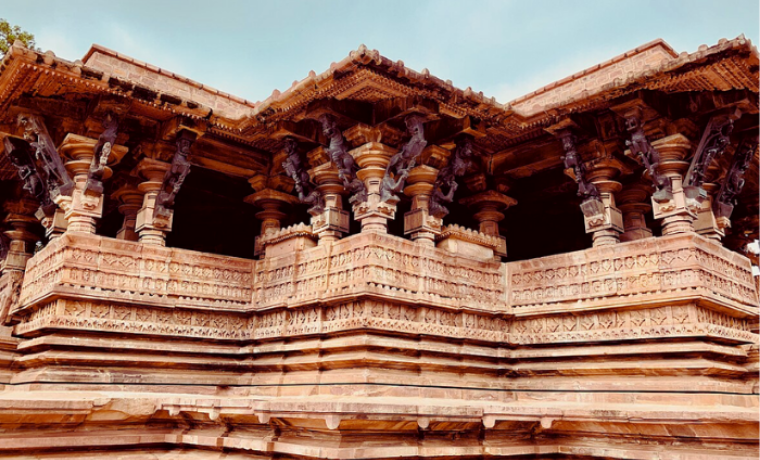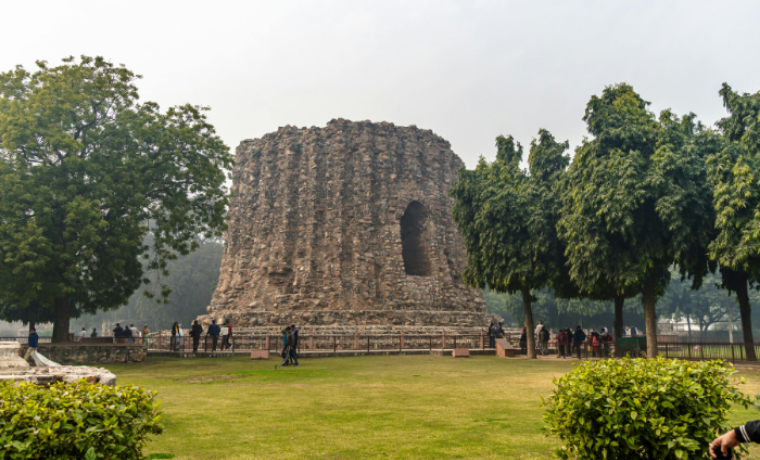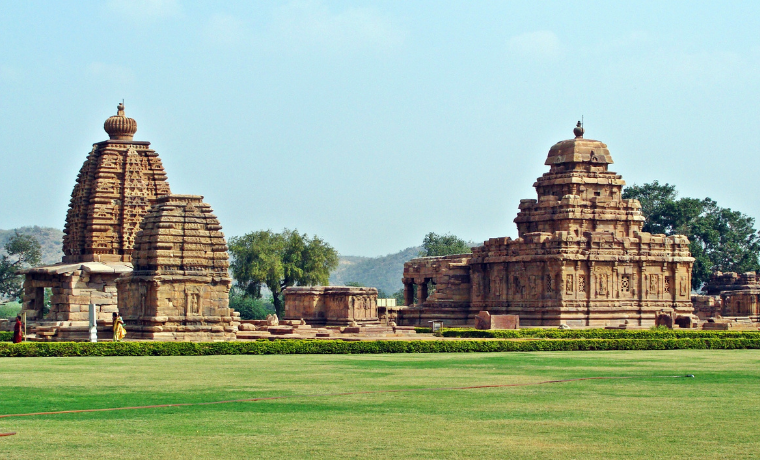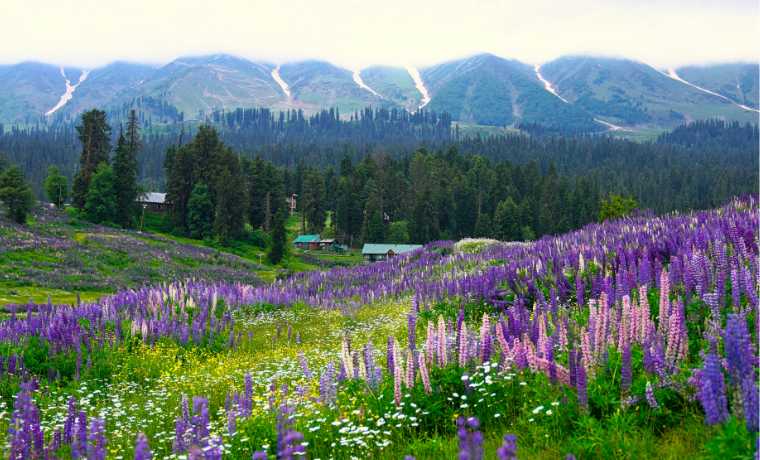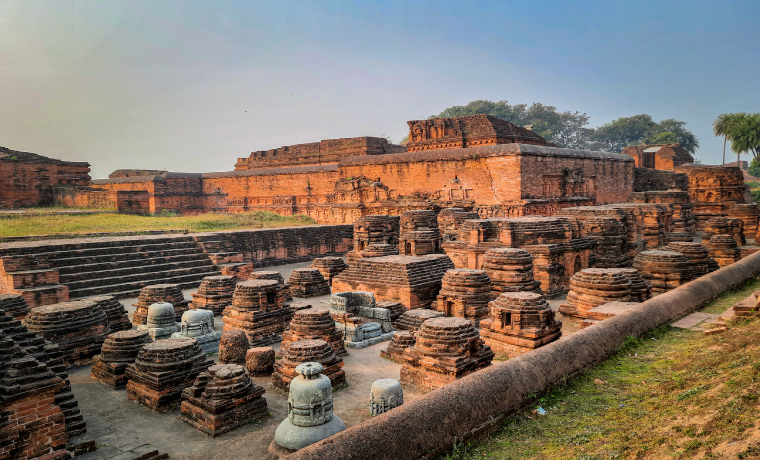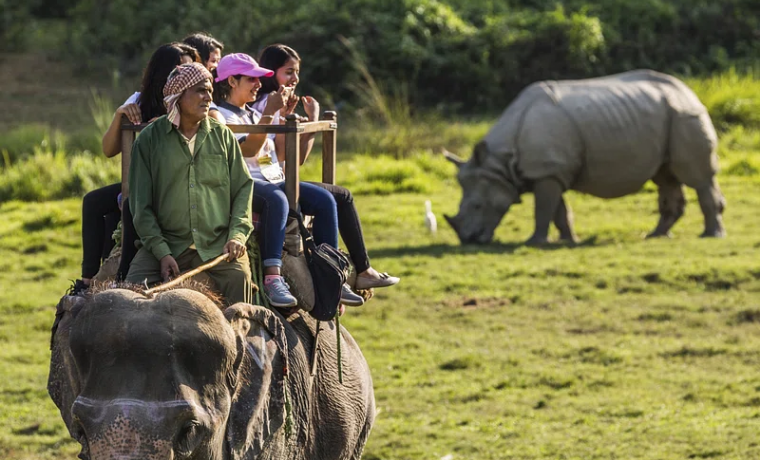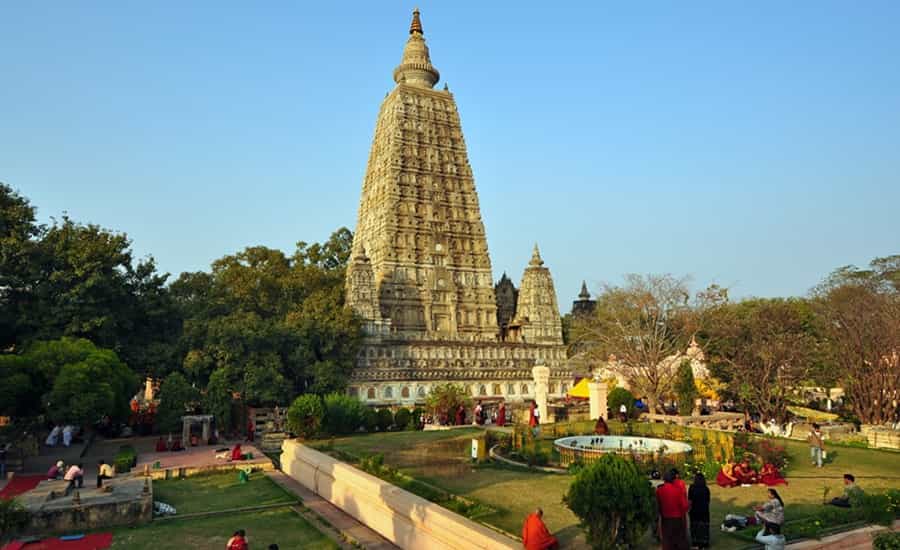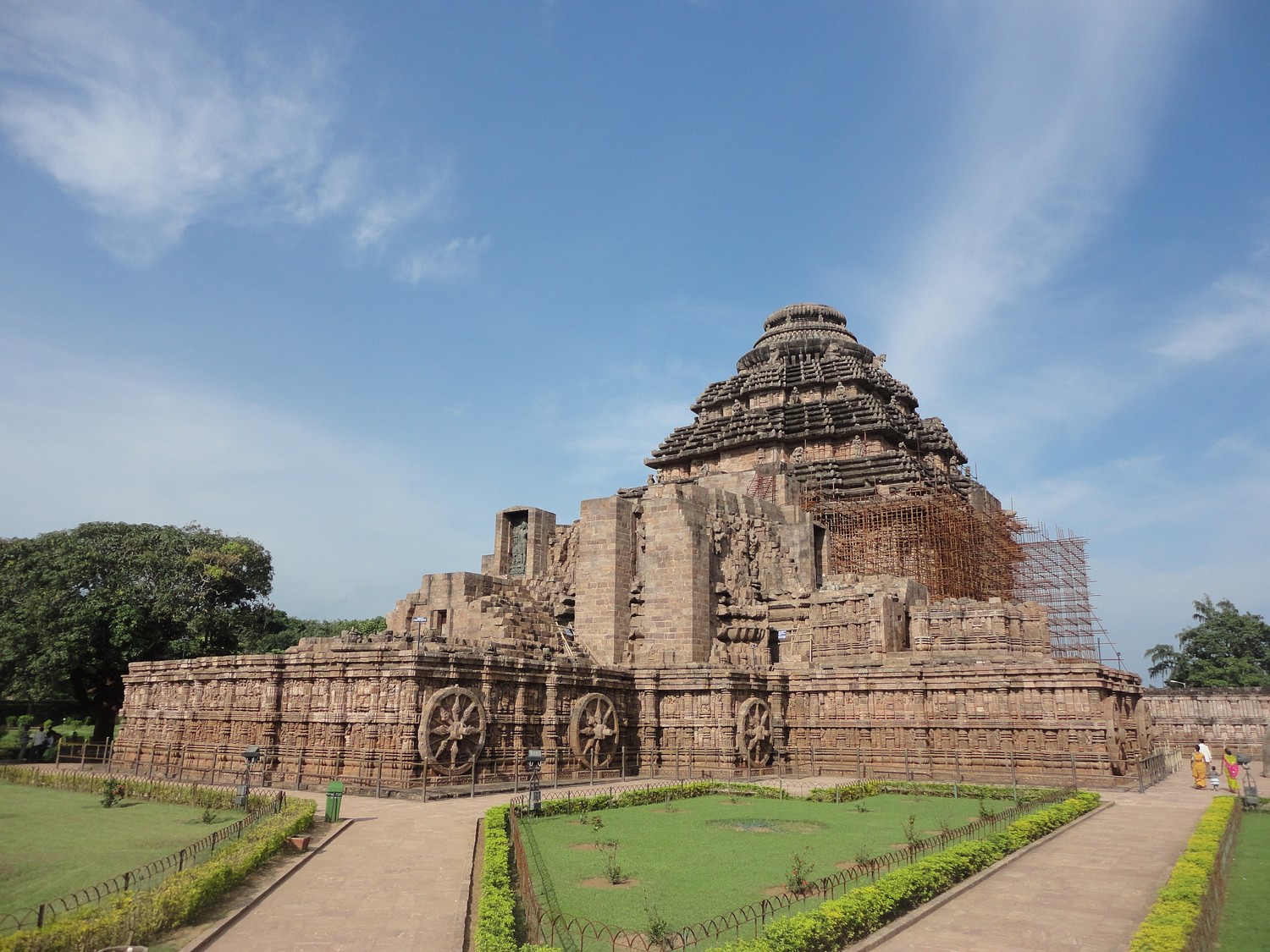Let’s rewind, not 500 years.
Not 5,000 years.
Let’s go 30,000+ years back — when there were no scripts, no palaces, no kingdoms, only early humans trying to understand the world, animals, sky, and maybe themselves.
They didn’t write books.
They painted bison, dancers, hunters, animals, and dreams on rock walls.
That’s Bhimbetka — a site that says:
“Before India became a civilization, it was already telling stories.”
Where Is Bhimbetka?
• Located in Raisen District, Madhya Pradesh
• 45 km south of Bhopal, near the Vindhya mountain range
• Nestled in dense forest and sandstone hills
The name ‘Bhimbetka’ comes from ‘Bhim’ (of Mahabharata fame) and ‘Baithak’ (seat) — meaning “the place where Bhim sat.”
Myth meets archaeology right from the name itself.
What Exactly Is It?
Bhimbetka is a group of over 750 rock shelters, spread across seven hills, of which about 400 contain prehistoric paintings and carvings.
These shelters have:
• Paleolithic, Mesolithic, Chalcolithic, and even Medieval art
• Scenes of hunting, dancing, animal herding, childbirth, battle, music, and more
• Multicoloured drawings made with natural pigments — red, white, yellow, green, black
• Paintings layered over time — some drawn over others, showing the evolution of thought
This is not just a site. It’s a prehistoric art museum under the open sky.
The Paintings – Prehistoric India’s Instagram Feed
Let’s talk about what’s on these ancient walls:
Animals Everywhere
• Bison, deer, elephants, boars, cattle, horses
• Depicted in motion — running, jumping, hunting
• Shows the centrality of animals in early human life
Humans in Action
• Men with bows, spears, and shields
• Scenes of hunting parties, dancing groups, and community rituals
• Some figures with headgear and musical instruments
Motherhood & Family
• Childbirth scenes
• Women with children
• Possibly the earliest expression of family and fertility as themes
Symbols & Abstracts
• Geometric shapes
• Grid patterns
• Possibly representing territory, spirituality, or memory
Some artworks here are estimated to be older than Stonehenge or the Egyptian pyramids.
Let that sink in.
How Were They Made?
These paintings used:
• Mineral-based pigments (red from hematite, white from limestone, green from plant extract, charcoal for black)
• Brushes made from animal hair or plant fibres
• Sometimes fingers or sticks
• No binding agent — just natural adhesion and smart placement (on shaded rock faces to avoid sun and rain)
And yet, they still survive after tens of thousands of years. That’s called commitment.
Best Rock Shelters to Visit
Out of 750+ shelters, about 15–20 are open to the public.
Some standout ones:
1. Auditorium Cave
• The largest and most famous
• Wide opening, natural acoustics
• Believed to be used for rituals or community gatherings
• Contains both ancient and medieval paintings
2. Zoo Rock Shelter
• Called so because it’s full of animal drawings — over 250 in one panel!
• Bison, deer, elephant, wild boar — all in full action mode
3. Boar Rock Shelter
• Features a massive wild boar chasing a human
• Probably symbolic of danger or a hunting memory
4. Group Dancing Shelter
• Shows humans dancing in a circle
• Might depict a ritual or celebration
These paintings are not labelled, so take a guide — or just stand quietly and let your imagination wander.
Is There Any Link to Religion?
Yes. Bhimbetka has:
• Early signs of animism — belief that animals, trees, and rocks have spirits
• Ritualistic symbols and phallic shapes
• Connection with nearby sites like Lakha Juar caves, showing evolution toward Hindu-
Jain traditions
It’s not religion as we know it — it’s raw spirituality.
Best Photo Tips
• Wide-angle shots of rock shelters from the outside
• Detailed close-ups of paintings under natural light
• Long-exposure shots in caves with filtered light rays
• DO NOT touch or flash — it's illegal and damages the art
Where to Eat Nearby?
There’s no commercial setup inside Bhimbetka. But nearby towns and Bhopal offer options:
Highway Treat Bhimbetka (MPTDC Café)
Near the entrance
Basic meals, tea, snacks
Indian Coffee House, Bhopal
For vintage vibes + filter coffee + dosas
Manohar Dairy, Bhopal
Known for chaats, sweets, North Indian thali
How to Reach Bhimbetka
Location: Bhimbetka, Raisen District, Madhya Pradesh
By Air:
• Nearest airport: Bhopal (BHO) – 50 km
By Train:
• Nearest station: Bhopal Junction
• Cabs available from station (1.5–2 hours drive)
By Road:
• Well-connected by NH46
• Take the route via Obedullaganj town
Entry Fees & Timings
• Indian citizens: ₹25
• Foreigners: ₹300
• Camera fee: ₹25
• Timings: 7:00 AM to 6:00 PM, all days
• Carry water, cap, and walking shoes
UNESCO World Heritage Info
• Inscribed: 2003
• Why?
“An exceptional repository of prehistoric art and a rare example of human settlement spanning from the Lower Paleolithic era to the medieval period.”
Final Thoughts – Where Time Sits Still on a Stone Wall Bhimbetka isn’t loud. It doesn’t shine. It doesn’t boast.
But it speaks — softly, through sketches, through ancient eyes that watched the same stars you do.
It tells you:
• “We were here long before kings and temples.”
• “We loved, we hunted, we danced, we dreamt — and we left our stories for you.”
With Nadodigal, we don’t just walk on rock — we walk on time, barefoot, respectfully, and in absolute awe.
